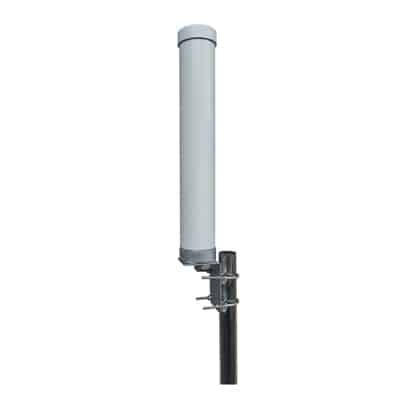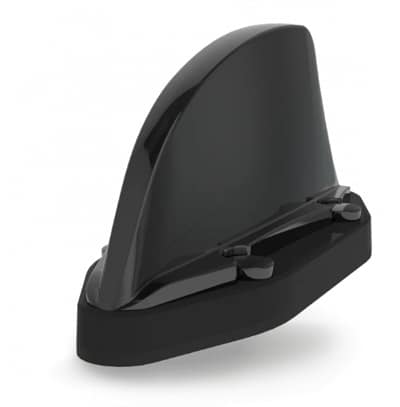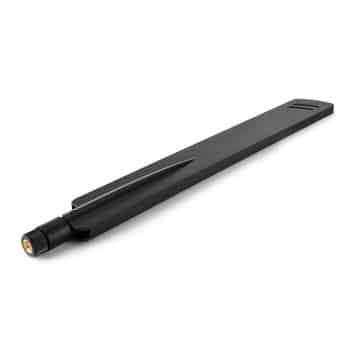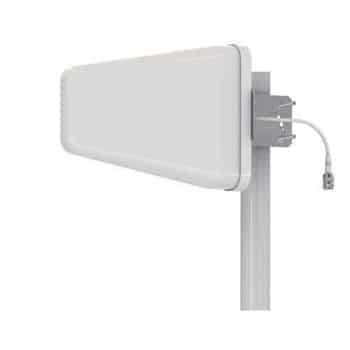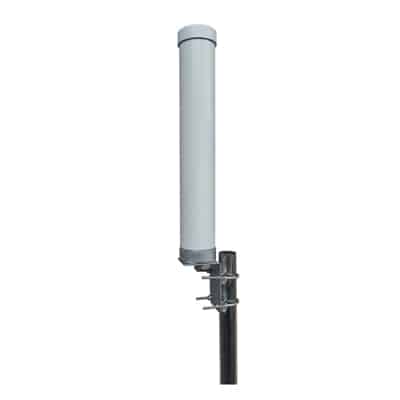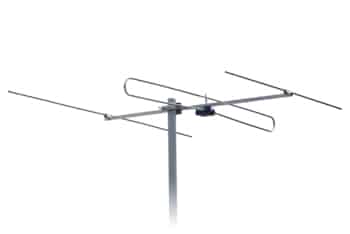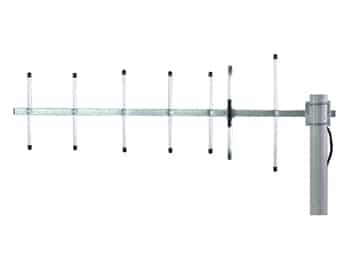Table of Contents
ToggleWhat is Wi-Fi?
In today’s digital age, Wi-Fi has become an integral part of our lives, providing seamless wireless internet connectivity to a wide range of devices. Wi-Fi, short for Wireless Fidelity, is a technology that enables devices to connect to the internet and local area networks (LANs) without the need for physical wired connections. It allows laptops, smartphones, tablets, smart TVs, and other gadgets to access the internet and communicate with each other within a certain range.
Wi-Fi operates using radio frequency signals, typically in the 2.4 GHz and 5 GHz bands. These signals are transmitted and received by Wi-Fi antennas, which are essential components responsible for ensuring the smooth flow of data between devices and the Wi-Fi router.
How Do Wi-Fi Antennas Work?

Wi-Fi antennas perform two primary functions: transmitting and receiving signals. When you send data from your device to the Wi-Fi router, the antenna in your device acts as a transmitter. It converts the electrical signals from your device into radio waves, which are then sent out into the surrounding environment.
On the other hand, when the router sends data back to your device, the antenna in the router acts as a transmitter. It converts the data into radio waves and broadcasts them into the air. The Wi-Fi antenna in your device then acts as a receiver, capturing these radio waves and converting them back into electrical signals that your device can understand.
What is Helium Technology?
Helium technology is a revolutionary wireless communication concept that has gained significant attention in recent years. It is the foundation of the Helium Network, a decentralized, blockchain-powered wireless network designed for the Internet of Things (IoT). Unlike traditional Wi-Fi or cellular networks, which rely on central infrastructure, the Helium Network utilizes a distributed model where individuals can participate by deploying Helium hotspots with specialized Helium antennas.
What can Tesswave do for you?
Tesswave provide 100+ antenna products and you can contact us for antenna customized solutions, get in touch with us today to get a Free quote.
Get an Instant Quote
Get a FREE quote and we will contact you within an hour
How Do Helium Antennas Work?

Helium antennas are the critical components that enable hotspots to function effectively within the Helium Network. These antennas are designed to communicate with IoT devices that operate on the Helium Network protocol. When IoT devices in the vicinity of a hotspot need to transmit data, they send signals to the nearest hotspot, which then relays the data through the Helium Network to its intended destination.
The Difference Between Wi-Fi Antennas and Helium Antennas
• Range and Coverage:
Wi-Fi Antenna: The range of a Wi-Fi antenna refers to the maximum distance over which it can effectively transmit and receive signals. It is a critical factor that determines the coverage area of a Wi-Fi network. The range of a Wi-Fi antenna can vary significantly depending on the type of antenna used, environmental conditions, and interference from other electronic devices.
Helium Antenna: Helium antennas play a crucial role in providing coverage for the Helium Network, a decentralized wireless network designed for IoT applications. Unlike traditional Wi-Fi antennas, which primarily cater to internet access for consumer devices, Helium antennas focus on low-power, long-range communication for IoT devices.
• Power Efficiency:
Wi-Fi Antenna: Traditional Wi-Fi antennas are designed to provide high-speed internet access to a wide range of devices, making them commonly used in homes, offices, and public spaces. However, Wi-Fi devices, especially those with high data transfer rates, can consume significant power during operation.
Helium Antenna: Helium antennas are specifically engineered for low-power, long-range communication, making them ideal for IoT applications. IoT devices often rely on battery power, and optimizing power efficiency in both the antennas and devices is paramount to ensure extended operational life.
• Interference and Signal Stability
Helium Signal Stability: Wi-Fi interference occurs when the signal from the Wi-Fi antenna is interfered with or weakened by an external source, resulting in an unstable signal and reduced network performance. Interference can cause slower data transfer rates, dropped connections, and overall unreliable wireless communications. Several factors can cause Wi-Fi interference, including physical obstacles, electronic devices, wireless cameras, and more.
Helium Signal Stability: Helium antennas are designed to provide stable and reliable signals for long-distance communication in IoT applications. Signal stability is critical to ensuring consistent and uninterrupted data transmission between IoT devices and hotspots, minimizing data loss and improving overall network efficiency. Factors affecting the stability of the helium signal include line-of-sight communication, line-of-sight communication, hotspot layout, etc.


